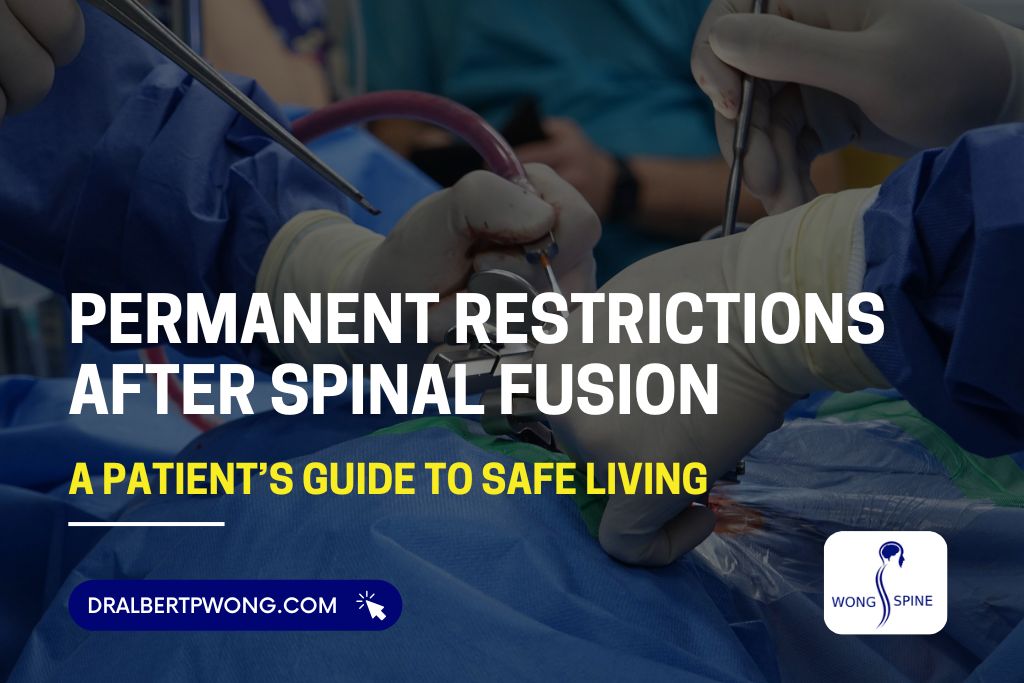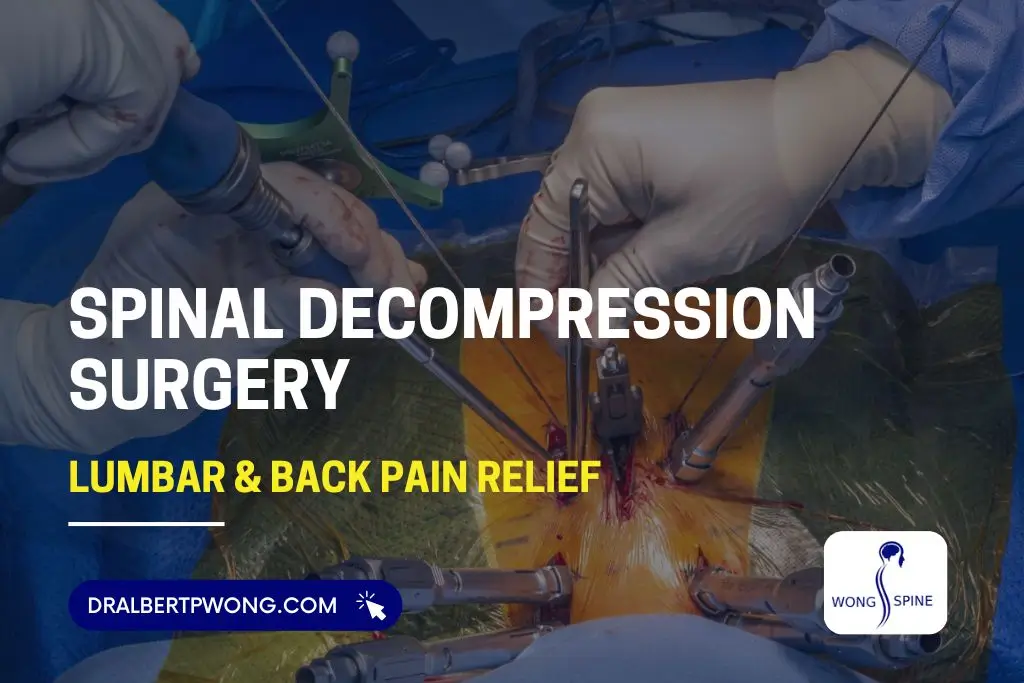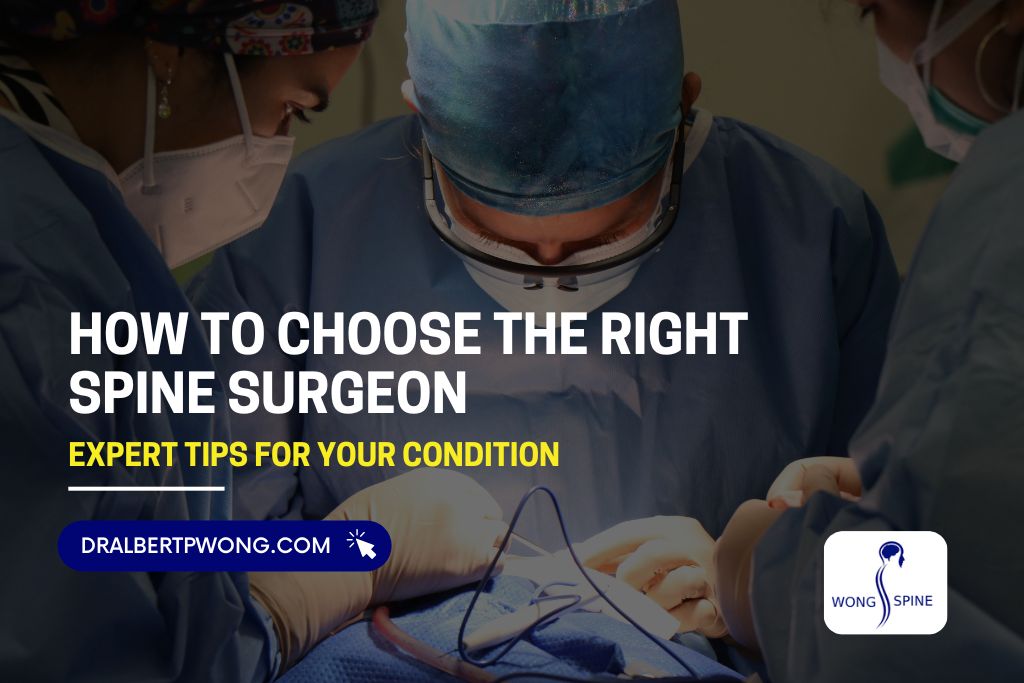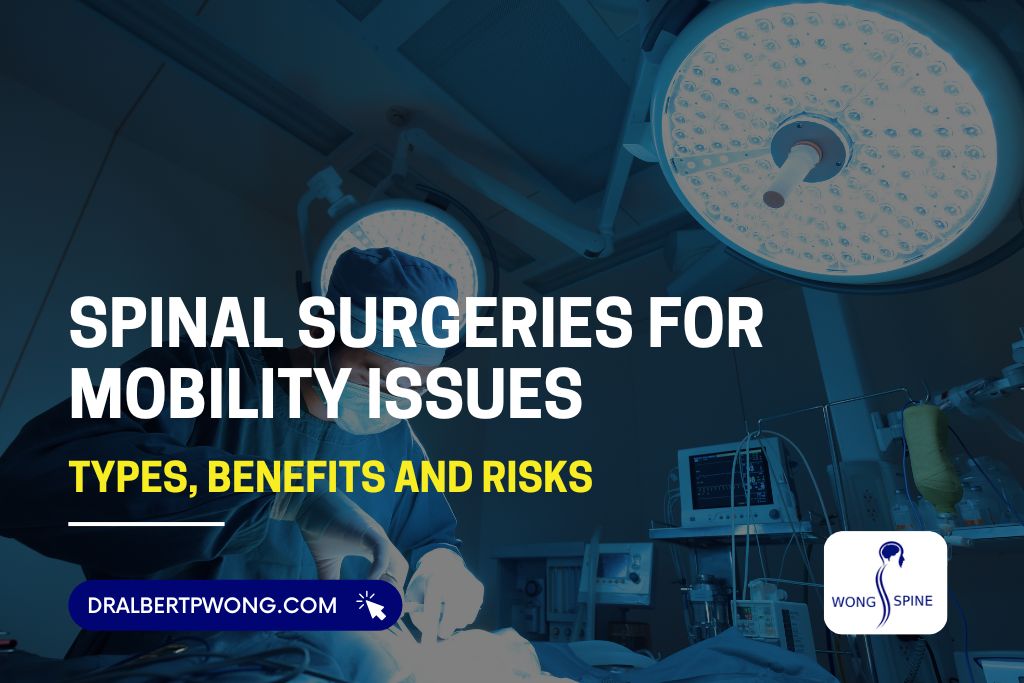Spinal fusion is surgery that permanently joins two or more vertebrae. It can relieve pain and stabilize the spine but also causes permanent changes. After surgery, the spine does not move as freely, which limits certain activities.
Your doctor will tell you which movements are safe. Knowing the long-term restrictions helps you adjust daily life and protect your spine.
Temporary Restrictions After Surgery
After spinal fusion, your body needs time to heal. Temporary restrictions protect your spine, reduce pain, and help the surgical site fuse properly. These precautions usually last several weeks to months, depending on your recovery. Following your provider’s instructions helps prevent complications and supports long-term spinal health.
Pain and Soreness
Pain and soreness around the incision site are normal. Muscles nearby may also feel sore. This is part of the healing process as your body adjusts. Your provider may recommend pain medication or gentle activity to manage discomfort.
Limited Movement
Your spine may feel stiff during early recovery. Bending, twisting, or lifting may be restricted. These limits help protect the fusion while it heals. Your provider will guide you on safe movements.
Activity Limitations
Avoid heavy lifting, high-impact exercise, or sudden twisting for several weeks or months. These precautions prevent stress on the healing vertebrae and help the fusion succeed.
Timeline for Recovery
Recovery time varies based on your age, health, and surgery type. Most people resume normal activities gradually over a few months. Full fusion can take six months to a year. Your provider will monitor your progress and tell you when it is safe to return to specific activities.
Potential Long-Term Effects
Spinal fusion can relieve pain and stabilize your spine, but it may also cause long-term effects. Knowing about these effects helps you monitor your health and manage any issues with your provider.
Chronic Pain
Some people may still have pain after the fusion has healed. This can happen because of changes in spinal mechanics, muscle strain, or stress on nearby joints. Your provider may suggest ongoing pain management, including physical therapy, medications, or lifestyle adjustments.
Adjacent Segment Disease (ASD)
Fusion can put extra stress on the vertebrae above and below the fused area. Over time, this may cause these segments to wear out faster, a condition called Adjacent Segment Disease (ASD). Regular checkups and imaging can help detect problems early. Early treatment can prevent more serious complications.
Permanent Restrictions
After your spine has fully healed, some restrictions may be permanent. These limits help protect your fused segments and support long-term spinal health. Following these guidelines can help you safely adjust daily activities.
Reduced Flexibility and Range of Motion
Spinal fusion permanently joins two or more vertebrae. This reduces bending, twisting, and overall spinal flexibility. Movements like reaching overhead, bending forward, or twisting your torso may feel limited. Gentle stretching and physical therapy can help maintain mobility in other parts of your spine.
Activity Limitations
High-impact activities, such as running, jumping, or contact sports, may need to be avoided permanently. Lifting heavy objects or repetitive twisting can put stress on the fused area and nearby vertebrae. Your provider can guide you on which activities are safe and which should be avoided.
Changes in Daily Life
Even simple tasks may require adjustments. This includes bending to tie shoes, reaching for items on shelves, or doing household chores. Using proper body mechanics, assistive devices, or modified movements can help you stay independent while protecting your spine.
Core Strength Dependence
After fusion, your spine depends more on surrounding muscles for stability. Maintaining strong core muscles is important to support your spine. Provider-approved exercises can help reduce strain on the fused and adjacent segments.
Why Consider Artificial Disc Replacement as an Alternative to Spinal Fusion?
Artificial disc replacement (ADR) has several benefits over spinal fusion. ADR keeps your spine moving naturally. This helps maintain flexibility and reduces stress on the discs above and below the treated area.
Patients who choose ADR may recover faster and experience less long-term stiffness compared with spinal fusion. ADR can also lower the risk of adjacent segment degeneration, where nearby discs wear out faster after fusion.
If you are in Los Angeles or Beverly Hills, Albert Wong, MD, at Spine Wong can evaluate your condition, age, and spine health to see if ADR is right for you. His team provides personalized care to help you achieve the best spinal outcomes.
Care at Spine Wong
At Spine Wong in Los Angeles and Beverly Hills, Albert Wong, MD, provides personalized care for spinal conditions. The team evaluates your spine, explains treatment options, and supports you through recovery.
The clinic offers advanced procedures, including artificial disc replacement and minimally invasive spinal surgery. Patients receive clear recovery instructions, follow-up care, and guidance on safely returning to daily activities. Spine Wong is committed to helping you maintain long-term spinal health.
Important: This blog post is for informational purposes only and does not constitute medical advice. Consult with a qualified healthcare professional for a diagnosis and treatment plan.







